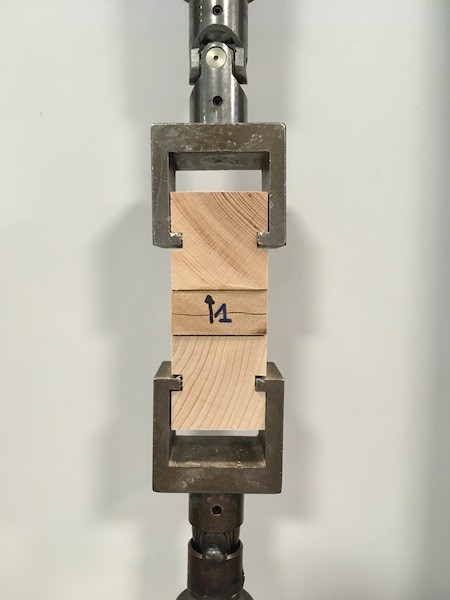
It is only in more recent years that the accumulation of information and experience on the health damage caused by poor air quality has led to a need for more in-depth knowledge on the sources of indoor pollution. Studies have shown that furniture is a potential source of indoor pollution, and the causes are linked to emissions of hazardous substances from wood-based panels, paints and coatings.
Since 2006, with the classification of formaldehyde as a carcinogenic substance, the international legislative and regulatory situation has gone through profound changes, requiring compulsory and no longer voluntary product certification.
In Europe, the harmonised standard EN 13986 has been defined, which regulates the requirements for the use of wood-based materials in building sector and the emission class E1; the formaldehyde emission class E1 defines a limit value for formaldehyde emissions of 0.1 ppm.
In the United States, on the other hand, CARB/EPA product certifications were initially (2009) introduced only in the state of California and later (2017) in all federal states, being more restrictive than in Europe.
Other countries impose different limits to those in Europe and America.
For several years now, formaldehyde emissions have been affecting the entire world market for panels and products made from them, such as furniture and other furnishing components, because of the associated health implications.
While there is a growing interest in ensuring the sale of products that are considered 'healthy', i.e. not harmful to human health, the market also demands products that guarantee a certain standard of performance.
This gave rise to the idea of carrying out an experimental study on the effects of low formaldehyde emission on the mechanical characteristics of wood-based panels.
The study was conducted as part of a three-year thesis for the Mechanical Engineering course at the University of Udine and was carried out in the Chemical and Mechanical departments of CATAS, which daily deal with analyses relating to the physical-mechanical characterization of wood-based materials and semi-finished products and formaldehyde emission (
read more).
For information:Paolo Tirelli
+39 0432 747246
tirelli@catas.com

 It is only in more recent years that the accumulation of information and experience on the health damage caused by poor air quality has led to a need for more in-depth knowledge on the sources of indoor pollution. Studies have shown that furniture is a potential source of indoor pollution, and the causes are linked to emissions of hazardous substances from wood-based panels, paints and coatings.
It is only in more recent years that the accumulation of information and experience on the health damage caused by poor air quality has led to a need for more in-depth knowledge on the sources of indoor pollution. Studies have shown that furniture is a potential source of indoor pollution, and the causes are linked to emissions of hazardous substances from wood-based panels, paints and coatings.